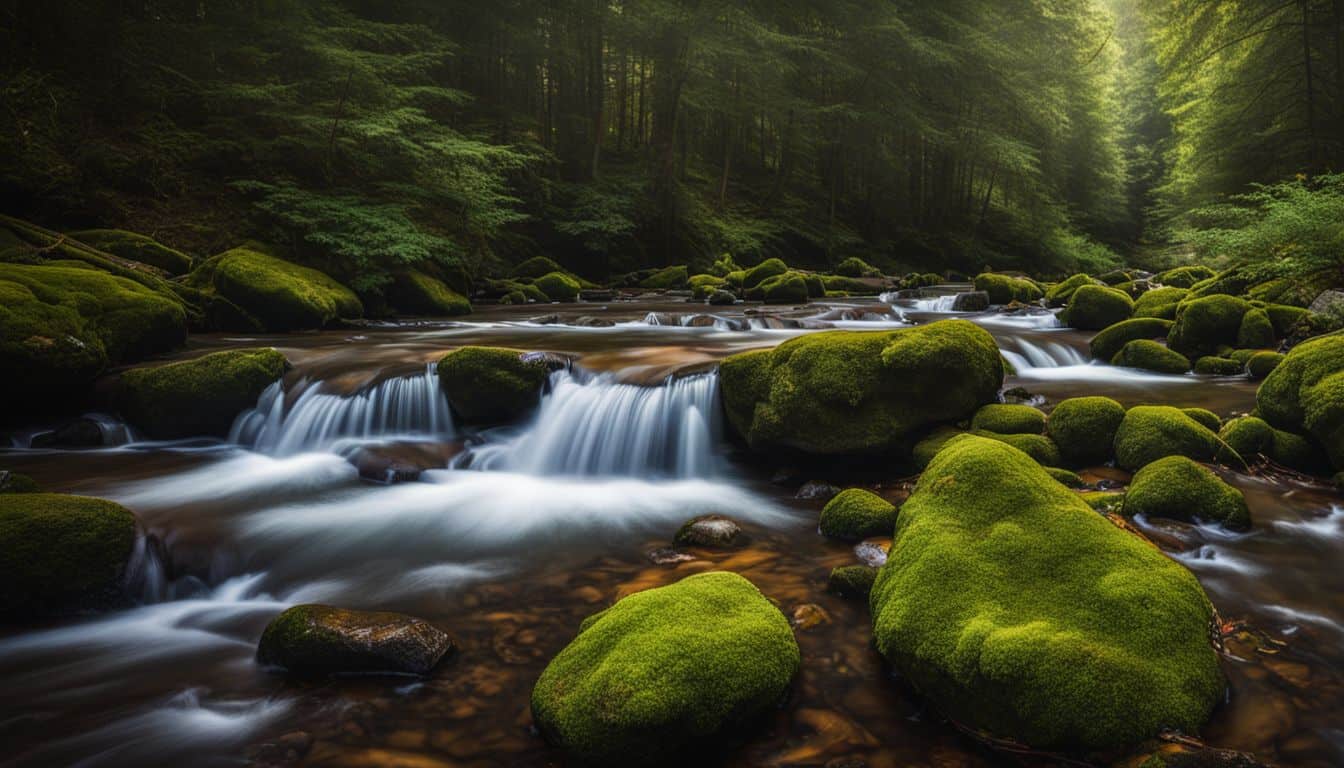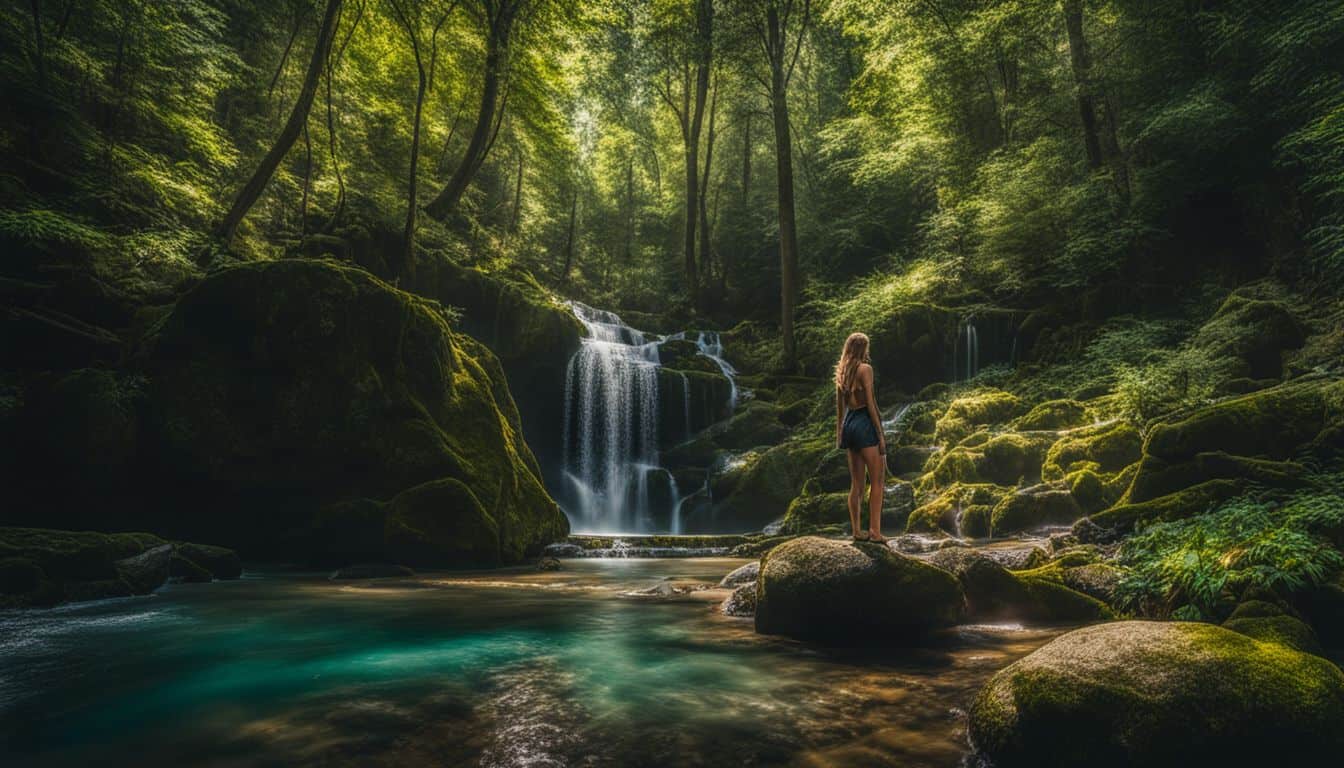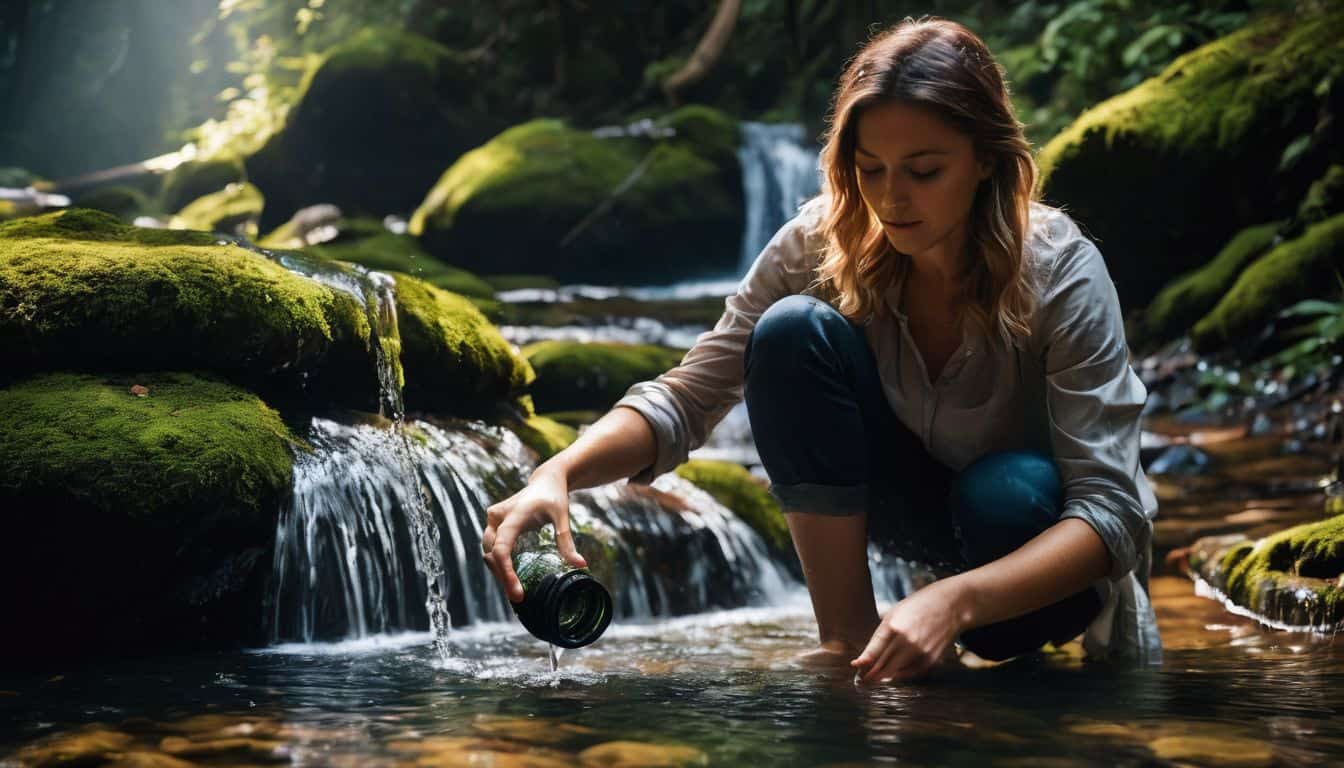Dispersed camping offers a unique and immersive outdoor experience, but one of the biggest challenges is finding and managing your water supply. This guide will help you locate and obtain water safely and efficiently during your dispersed camping adventures.
Understanding Water Sources
When dispersed camping, you’ll need to be resourceful in finding water. Here are some common sources:
- Natural water sources: Streams, rivers, lakes, and springs are often the most accessible sources in remote areas. However, they require proper treatment before consumption.
- Public facilities: Parks, campgrounds, and rest areas often have potable water available. These are generally safe to drink without additional treatment.
- Commercial locations: Gas stations, stores, and restaurants may allow you to fill up water containers, especially if you’re a paying customer.
- Urban sources: Fire stations, libraries, and community centers sometimes offer public water spigots. Always ask for permission before using these sources.
When using natural water sources, be aware of potential contamination from wildlife, agricultural runoff, or human activity upstream. For public and urban sources, check if there are any boil water advisories in effect in the area.

Tools for Locating Water
Several apps and websites can help you find water sources:
- iOverlander: A user-generated database of water sources, campsites, and other useful information for travelers. It’s particularly useful for finding off-the-beaten-path water sources.
- The Dyrt and Campendium: These apps provide information on campgrounds and amenities, including water sources. They often include user reviews which can provide up-to-date information on water availability and quality.
- RVDumpsites.net: While primarily for RV users, this website lists dump stations, many of which also offer fresh water. It’s a valuable resource for finding water in more developed areas.
These tools can be invaluable for planning your water strategy before your trip and for finding unexpected water sources along the way. However, always have a backup plan in case a listed water source is unavailable or unsuitable.
Best Practices for Obtaining Water
- Carry water containers: Bring jerry cans or collapsible water containers. Having multiple smaller containers can be more convenient than one large one, allowing for easier transport and better weight distribution.
- Use a water bandit: This tool allows you to connect a hose to unthreaded faucets, greatly expanding your options for water sources. It’s a small, lightweight item that can be a game-changer in certain situations.
- Bring a long hose: A 25 to 50-foot drinking water hose can help you reach distant spigots. Ensure it’s food-grade to avoid contamination from chemicals used in regular garden hoses.
- Always ask permission: When using water from businesses or private property, always ask first. Many places are happy to help campers, but it’s important to be respectful and not take advantage.
- Be prepared to pay: Some locations may charge a small fee for water, typically $5-$15. This is often the case at RV parks or campgrounds where you’re not staying overnight.
Remember, water is heavy (about 8.3 pounds per gallon), so plan your water carries carefully to avoid overexertion. Always prioritize having enough water over other comforts or conveniences when dispersed camping.
Water Safety and Treatment
When obtaining water from natural sources, always treat it before consumption:
- Filtration: Use a high-quality water filter designed for backcountry use. These filters can remove bacteria, protozoa, and sediment. Some advanced filters can even remove viruses.
- Boiling: Bring water to a rolling boil for at least one minute (3 minutes at high altitudes). This is a reliable method that kills most pathogens but doesn’t remove chemical contaminants.
- Chemical treatment: Use water purification tablets or drops. These are lightweight and effective against most pathogens, but they can leave an aftertaste and take time to work.
- UV purification: Utilize a UV water purifier for quick and effective treatment. These devices are fast and don’t alter the taste of water, but they require batteries and clear water to be effective.
Each method has its pros and cons, and the best approach often involves combining methods for maximum safety. For example, you might filter water to remove sediment and then use UV purification to kill any remaining pathogens.
Conservation Tips
To extend your water supply while dispersed camping:
- Take “military” showers: Wet down, turn off water, soap up, then rinse quickly. This method can significantly reduce water usage while still allowing for proper hygiene.
- Use biodegradable soap: Minimize environmental impact when washing. These soaps break down naturally and are less harmful to ecosystems.
- Reuse greywater: Use dish-washing water for cleaning gear or putting out campfires. This practice maximizes the utility of each drop of water you carry.
- Bring hand sanitizer: Reduce water usage for hand-washing. Hand sanitizer is an effective way to maintain hygiene without using precious water resources.
Conservation isn’t just about having enough water for yourself; it’s also about minimizing your impact on the local ecosystem and preserving water sources for wildlife and other campers.
Planning Your Water Strategy
- Know your usage: Estimate how much water you use per day (typically 1-2 gallons per person). This includes drinking, cooking, cleaning, and personal hygiene.
- Plan your refills: Research potential water sources along your route. Mark these on your map and have backup options in case a source is dry or inaccessible.
- Carry extra: Always bring more water than you think you’ll need. An extra day’s worth of water can be a lifesaver in emergency situations.
- Consider seasonality: Water sources may be more scarce in dry seasons. Research the typical conditions for the time of year you’ll be camping.
When planning your trip, it’s crucial to be prepared for dispersed camping emergencies, including water-related issues. Having the right knowledge and equipment can make a significant difference in challenging situations.
Ethical Considerations
- Leave No Trace: Always follow Leave No Trace principles when collecting and disposing of water. This includes not contaminating water sources with soap or waste.
- Respect wildlife: Avoid contaminating natural water sources used by wildlife. Remember, you’re a visitor in their habitat.
- Be considerate: Don’t monopolize public water sources; be quick and courteous. Other campers and local residents may also need access to these resources.
Ethical water use in dispersed camping is about balancing your needs with the preservation of the natural environment and the needs of others. By following these principles, you help ensure that these beautiful natural areas remain pristine for future generations of campers and wildlife alike.

Conclusion
To ensure a comfortable and safe experience, make sure you have the right gear for dispersed camping, including proper water containers and treatment systems.
For those new to camping or unsure about water availability at campsites, understanding what walk-up means for camping can be helpful, especially in areas where water sources might be limited or require advance planning.
By following these guidelines, you can ensure a steady supply of safe drinking water during your dispersed camping adventures. Remember, proper planning and respect for the environment are key to a successful and enjoyable experience in the great outdoors.

Leave a Reply